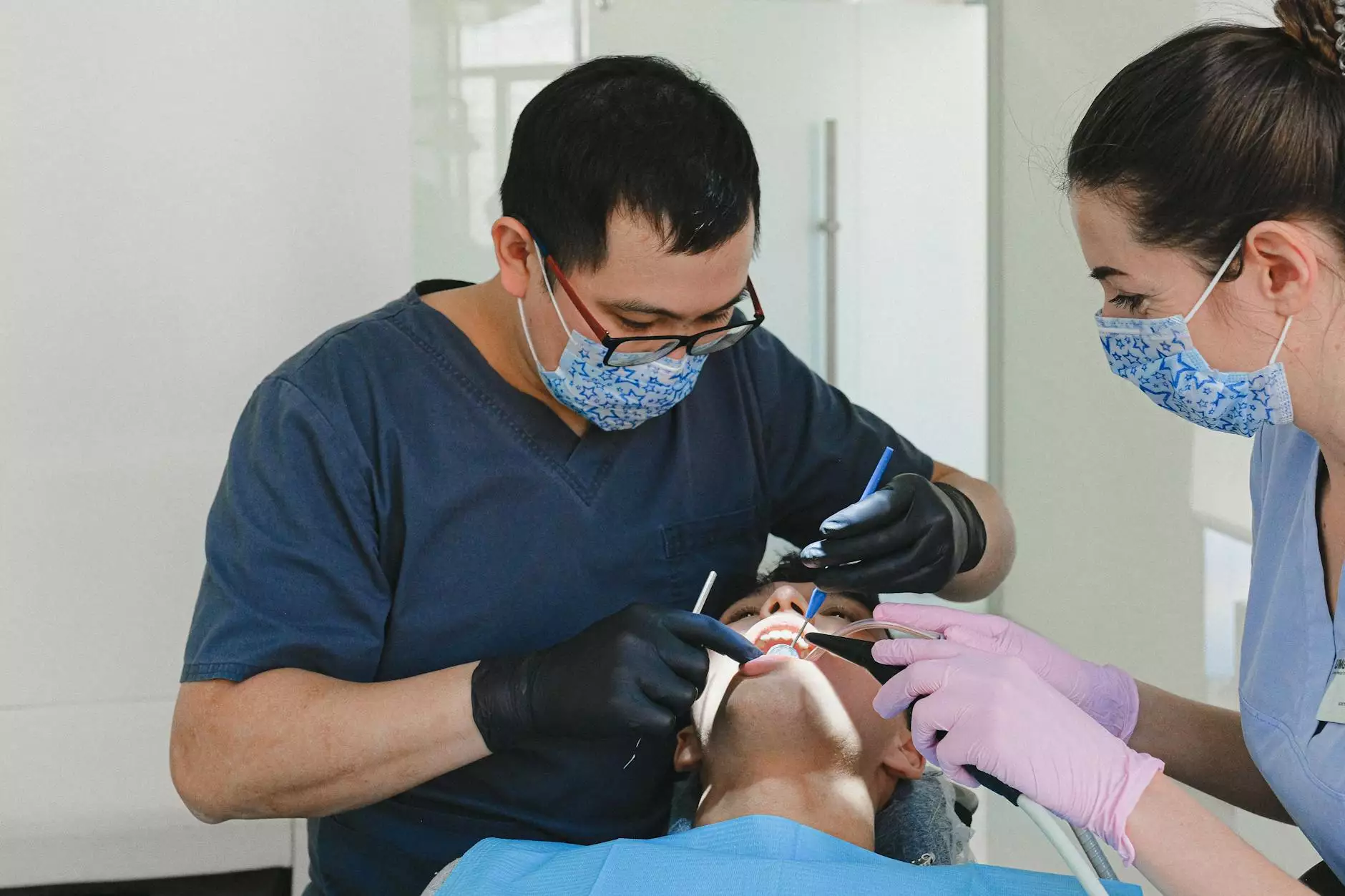The Risks of Partial Hysterectomy: Understanding the Procedure and Potential Complications

When it comes to gynecological surgeries, a partial hysterectomy is a common procedure that involves the removal of the uterus while leaving the cervix intact. This surgical intervention is typically performed to treat various conditions such as uterine fibroids, endometriosis, adenomyosis, or abnormal uterine bleeding. However, as with any surgical procedure, it is important to be aware of the risks and potential complications that may arise from a partial hysterectomy.
The Importance of Informed Decision-Making
The decision to undergo a partial hysterectomy should be made after careful consideration and consultation with a qualified obstetrician-gynecologist (OB-GYN). It is essential to fully understand the procedure, its potential benefits, and the associated risks before making a decision.
While partial hysterectomy is generally considered a safe procedure, it is crucial to be aware of the potential complications that may occur. These complications can vary depending on factors such as the patient's overall health, the surgeon's expertise, and the specific technique used during the surgery.
Potential Risks and Complications
1. Infection: Like any surgical procedure, there is a risk of developing an infection after a partial hysterectomy. Proper surgical techniques, sterile conditions, and post-operative care can minimize this risk. Antibiotics may also be prescribed to prevent infection.
2. Bleeding: It is common to experience some bleeding during and after a partial hysterectomy. Excessive bleeding can occur in rare cases, requiring additional medical intervention to control it.
3. Blood clots: The formation of blood clots, known as deep vein thrombosis (DVT), is a potential risk associated with any surgery. Special precautions are typically taken to prevent DVT, such as early ambulation and the use of compression stockings or blood-thinning medications.
4. Injury to surrounding organs: Although every effort is made to avoid it, there is a small risk of injury to nearby organs such as the urinary bladder, intestines, blood vessels, or ureters during a hysterectomy. Surgeons take precautions to minimize this risk.
5. Adverse reaction to anesthesia: Anesthesia is used to ensure patients remain comfortable during the procedure. While complications related to anesthesia are rare, it is important to discuss any allergies or previous adverse reactions with your anesthesiologist beforehand.
6. Pain and discomfort: Recovery after a partial hysterectomy involves some degree of pain and discomfort. The intensity and duration of this pain can vary from person to person. Your doctor will provide guidance on managing pain and any prescribed medications.
Long-term Effects and Considerations
Aside from immediate risks and complications, it is important to consider the potential long-term effects of a partial hysterectomy. These effects can include changes in hormone levels and subsequent menopause, which may have associated symptoms such as hot flashes, mood swings, and vaginal dryness.
Moreover, there is emerging evidence suggesting a potential association between hysterectomy and an increased risk of certain health conditions such as cardiovascular diseases, pelvic organ prolapse, urinary incontinence, and sexual dysfunction. However, more research is needed to fully understand these associations, as they can be influenced by various factors including patient health, surgical technique, and pre-existing conditions.
Mitigating Risks and Making Informed Choices
To reduce the risks associated with a partial hysterectomy and make informed choices, it is crucial to consult with skilled OB-GYN doctors who specialize in minimally invasive techniques. Experienced surgeons can minimize the potential for complications and improve surgical outcomes.
Prior to undergoing a hysterectomy, you should discuss with your doctor alternative treatment options that may be appropriate for your unique situation. Conservative measures such as medication, hormonal therapy, or less invasive procedures like laparoscopic or robotic-assisted surgeries should be explored whenever possible.
Ultimately, it is essential to have open and honest conversations with your doctor to weigh the potential benefits of a partial hysterectomy against the associated risks and long-term effects. Being well-informed empowers you to make the best decision for your specific medical condition and overall well-being.
Trust the Expertise of drseckin.com
At drseckin.com, our team of highly skilled doctors specialized in obstetrics and gynecology understands the importance of providing comprehensive information to empower patients. We are committed to performing minimally invasive procedures and offering alternatives whenever appropriate, minimizing the risks and improving patient outcomes.
When it comes to a partial hysterectomy, it is essential to have confidence in your healthcare team. Our qualified professionals can provide accurate assessment and guidance tailored to your unique situation.
For more information or to schedule a consultation, please visit our website drseckin.com or contact our office directly.
risks of partial hysterectomy









